
WHAT'S YOUR SIGN?
Aries
Born under Aries, you are sympathetic, caring and passionate. You have an independent and driven personality, which can sometimes cause you to wear yourself thin and become overbearing to others. Calm your take-charge attitude with your go-to color, red, mixed with light yellows. A bold accent color against a light base is the perfect combination for your sign.
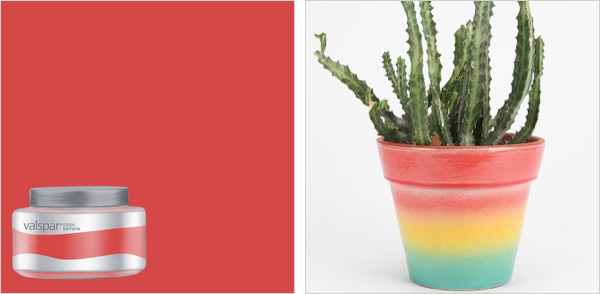
The perfect accent for your sign? Magical Thinking horizons planter, to keep your eye on the horizon and your drive strong (Urban Outfitters, $29).
Paint color: Valspar Pantone Poppy Red (Lowe's, $3, 8 oz)
Taurus
The touchy-feely type, a Taurus person loves being loved and rewarded. Sensual, loving and hardworking, you are a true-blue perfectionist, almost to a fault. Natural palettes calm your soul, so try light beige and grays mixed with delicate shades of lilac purple and mulberry.

The perfect accent for your sign? Mala orchid pillow to cuddle up with after a long day (Nordstrom, $75).
Paint color: Valspar Pantone Lavender Fog (Lowe's, $3, 8 oz)
Gemini
The chatty and intellectual Gemini is clever and witty. Curious by nature, you love to read, talk, travel and do anything that will allow you to obtain more information, including communicating with others. Sometimes, you can be seen as too talkative, and you often get restless easily. Yellows and greens make a great combination to keep your intellect high and your anxious attitude at bay.
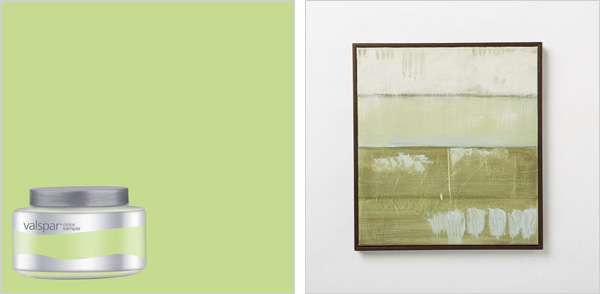
The perfect accent for your sign? Moss Color Study Painting to relax your mood for a rested evening with a good book (West Elm, $89).
Paint color: Valspar Pantone Paradise Green (Lowe's, $3, 8 oz)
Cancer
Quiet, gentle and very sensitive, a Cancer is protective and wise. You are a wonderful friend and a very nurturing partner, but your emotions can get in the way of your otherwise intelligent nature, and you can become moody very easily. Keep your excessive sentimentality at bay with a neutral decor. A pearly shade of white, easy gray and creamy shades are likely to ease your emotions.

The perfect accent for your sign? Ivory Pierced Border Elaina Bone Frame to hold a picture of your favorite person (World Market, $15).
Paint color: Valspar Modest Silver (Lowe's, $3, 8 oz)
Leo
Filled with an overabundant and happy personality, the Leo woman is a born leader. Extremely romantic, imaginative and attention-seeking, the Leo can sometimes be viewed as superior and self-centered. Keep your cheery disposition and leadership qualities in check with bright yellows, orange and your favorite metallic hue — gold.
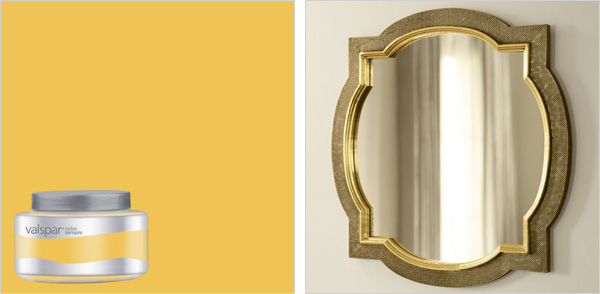
The perfect accent for your sign? Quatrefoil mirror to admire yourself with (Pottery Barn, $400).
Paint color: Valspar Pantone Primrose Yellow (Lowe's, $3, 8 oz)
Virgo
The Virgo is as straight and narrow as they come, with a very organized and honest personality. You have deep love and emotion for your friends and family, which can sometimes come off as being overbearing and judgmental. Keep your cool with navy and soothing earth tones.
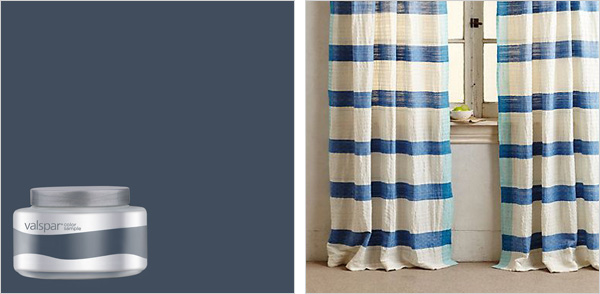
The perfect accent for your sign? Sanaga Stripe Curtain in navy and white to keep a fresh and clean look in your home (Anthropologie, $88 - $148).
Paint color: Valspar Indigo Streamer (Lowe's, $3, 8 oz)
Libra
Libras love harmony and peace, and they have a beautiful, serene attitude and a very easygoing nature. However, you can quickly change your demeanor to stand up for your loved ones and your beliefs. Though a wise judge of character, you can sometimes come off as arrogant. Enjoy coherence in your home with rosy pinks, light ivory shades and cooling blues.
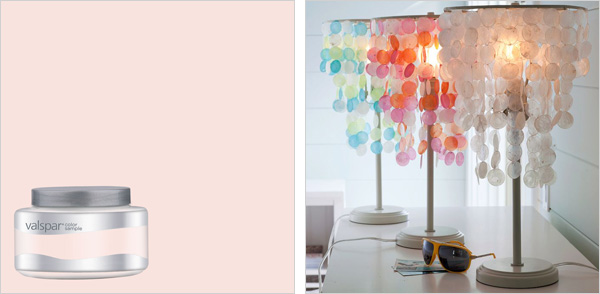
The perfect accent for your sign? Capriz Table Lamp to keep a peaceful vibe in your work space (PB teen, $99).
Paint color: Valspar Pink Wink (Lowe's, $3, 8 oz)
Scorpio
The Scorpio is a very sexy and determined soul. Courageous and brave, you are far from shy. Steadfast perfectionists, Scorpios have the negative tendency to steamroller anybody that stands in their way. Keep your controlling nature at bay with reds, berries and black.
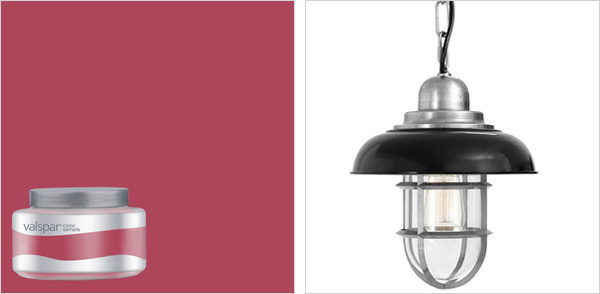
The perfect accent for your sign? Avalon Indoor/Outdoor Pendant, which is as sleek and sexy as you are (Pottery Barn, $299).
Paint color: Valspar Pantone Raspberry Wine (Lowe's, $3, 8 oz)
Sagittarius
The Sagittarius-born are travel lovers with an inquisitive nature. You are a direct, excellent judge of character, and you are said to have found your purpose in life early on. Bring out your knowledge and wisdom with purples, beige and an easygoing blue.
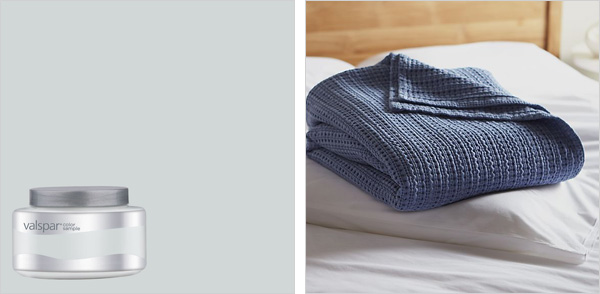
The perfect accent for your sign? Chunky Blue Cotton Blanket to carry with you on all of your adventures (Crate & Barrel, $170 - $190).
Paint color: Valspar Pelican (Lowe's, $3, 8 oz)
Capricorn
Disciplined and cautious, the Capricorn is seen as cool and elegant. Loyal and very responsible, you can sometimes look standoffish and detached. Stay practical and engaged with dark blues, greens and brown in your work space.
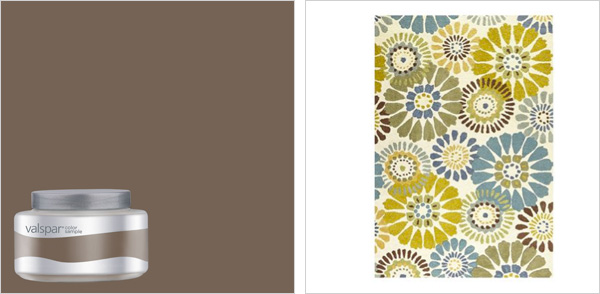
The perfect accent for your sign? Verna Pinwheel area rug to keep your center when on a deadline (Pier 1, $400 - $900).
Paint color: Valspar Sumatra Blend (Lowe's, $3, 8 oz)
Aquarius
The Aquarius is witty, clever and very inventive. An original in every sense of the word, you have a rebellious nature that can come off negatively in social situations. Bring out your creativity with colors of the sea, including aquas, royal blue and black for your sharp side.

The perfect accent for your sign? Tufted Ottoman in sapphire to kick up your feet when conjuring up the latest trend (Z Gallerie, $599).
Paint color: Valspar Princess Blue (Lowe's, $3, 8 oz)
Pisces
Pisces are known for their emotional, artistic and romantic personalities. Imaginative and extremely kind, you can sometimes be self-pitying and weak-willed. Keep your feet on solid ground with sea greens, teals and purples.
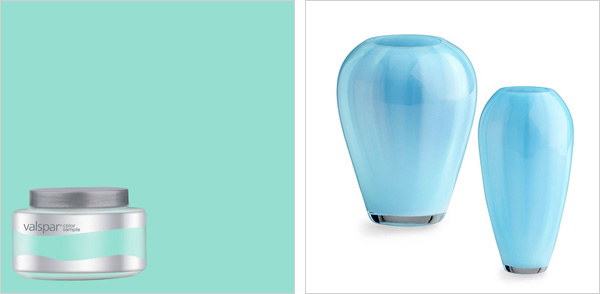
The perfect accent for your sign? Add the Enzo Vase in sky blue to your favorite sentimental items (Blisshomeanddesign.com, $55 - $75).
Paint color: Valspar Pantone Beach Glass (Lowe's, $3, 8 oz)












